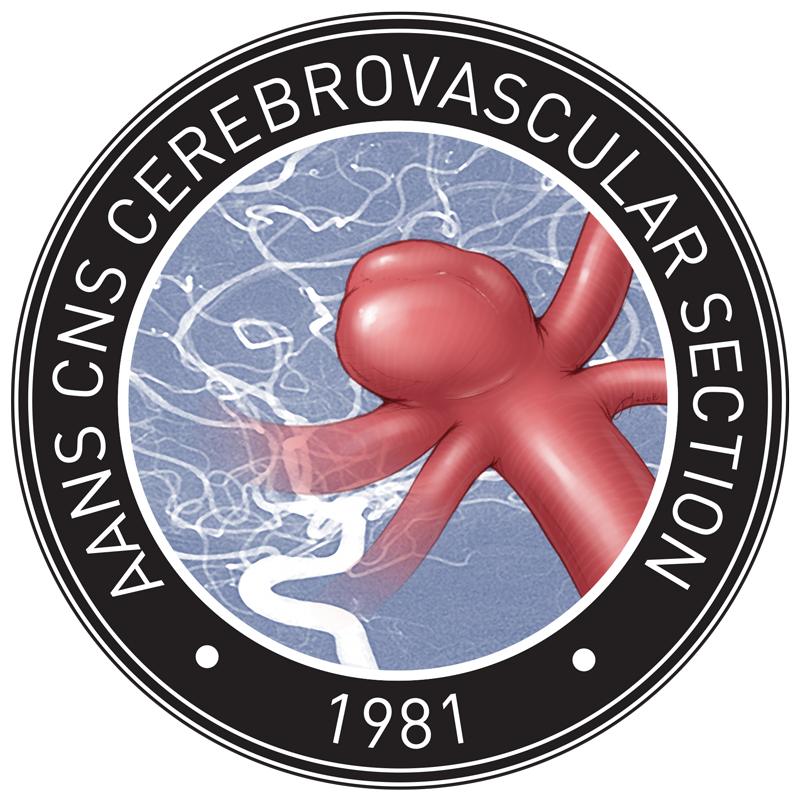Cerebrovascular Diseases
What are aneurysms?
Brain aneurysms are localized swellings that form on weakened artery walls in the brain and may eventually rupture. Two to five percent of people in the United States develop aneurysms because of wear and tear on their brain arteries. The resulting bulges typically look like round berries attached to the artery by a “neck”. Read More
What are arteriovenous fistulas?
AVFs are abnormal connections between blood vessels in the coverings of the brain. The word arteriovenous refers to the direct connection between arteries and veins, and the medical term fistula indicates that two things are connected that should not be connected. This type of abnormality develops as people grow older and is not considered a congenital abnormality — in other words; it is not present at birth. Although some rare AVFs do appear in newborns, AVFs are typically not hereditary (do not run in families). Read More
What are Arteriovenous Malformations (AVMs)
AVMs are abnormal tangles of blood vessels within the brain — called arteriovenous malformations because abnormal arteries are connected to abnormal veins. The abnormality is congenital (present from birth). It is found in 1 in 700 people (0.14 percent of the general population). Almost all AVMs are non-hereditary (do not run in families). Read More
What are cavernous malformations?
A cavernous malformation is an abnormal cluster of small blood vessels that resembles a raspberry or honeycomb. A person can have one or more cavernous malformations in their brain. Cavernous malformations occur in 0.5 percent to 1 percent of the population and appear most often among people of Hispanic descent. Some cavernous malformations run in families, but most are sporadic (do not run in families). Read More
Essentially, developmental venous anomalies (DVAs) are larger-than-normal veins within the brain. The abnormality is congenital (present from birth) and occurs in 2 percent to 3 percent of the population. They do not run in families. Some DVAs are accompanied by a cavernous malformation. Read More
What is an ischemic stroke?
Ischemic strokes occur when blood flow to the brain is blocked or insufficient to support cellular function. If blood flow is not restored or improved cells in the brain will die. This is different from a hemorrhagic or bleeding stroke in which blood leaks out of a burst blood vessel or vascular malformation. Read More
